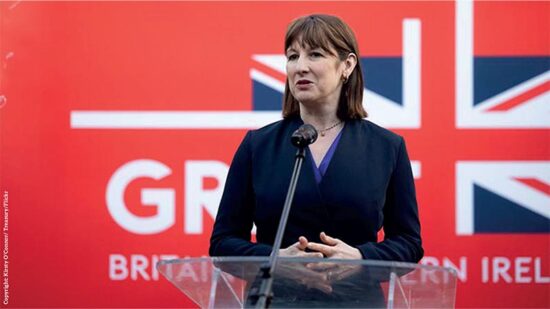The Vulnerability Review undertaken by the Financial Conduct Authority (FCA) has given the industry much-needed insight into how firms are applying Consumer Duty outcomes. While there is some real progression, it feels like this isn’t the majority and there are still areas of challenge.
Some wealth firms showed good examples of efforts taken, such as in-house training to improve identification and disclosure, and improving communications through continuous learning. But many struggled to evidence the embedding of vulnerable customers into the design process of products and services, or effective monitoring of good outcomes.
For firms to successfully do these things requires an analysis and understanding of their target market or customer base, and this is where they are falling short. Simplify Consulting has explored the difficulties in identifying vulnerability where vulnerable circumstances are less apparent, and this is another reason why analysis is vital.
But within the Consumer Duty and beyond, what are the benefits to consumers and firms for assessing the target market or customer base?
Identifying what ‘good’ looks like
Wealth managers need to know what they are aiming for. What experience do they want customers to have and how do they want them to feel about the firm? The truth is they will not please everyone, but they can make every effort to understand a customer’s needs, wants and characteristics, including those of vulnerability.
Understanding customers allows firms to clarify what a good outcome looks like, what behaviour from the customer is expected and what the customer’s expectations are. On the other side of that, wealth managers can be clear what behaviour is not expected from a customer, when something feels ‘off’ and what a poor outcome would be.
Understanding the needs of the customer base or target market can help a firm work towards an inclusive design process when looking at not just products and services but communication and processes, too.
For example, firms can assess: whether the customer base wants to read through a six-page detailed annual statement; whether they have the time and capability to digest and understand all the information; or do they want a summary of the statement and a means to easily access the detailed statement should they require it?
One of the big areas of focus for wealth firms is vulnerability. Disclosure will always be a challenge here due to the transient nature of many vulnerabilities. If firms can provide products and services that are designed to meet a customer’s needs, this can build real trust and encourage disclosure. The financial regulator’s research has found that where customers did disclose, they received noticeably better outcomes.
Continuous learning
With clarity on good outcomes, and product and services designed around customer needs, firms can agree on metrics and implement effective management information to monitor and track if those outcomes are being achieved.
So, if customer contact is expected after a communication is released, this can be monitored and reported on. And if reporting reveals customer contact is not where it should be, the communication and process can be reviewed, refined and retested, to continuously improve their offerings.
Wealth managers taking up the FCA’s Targeted Support Framework will need to have completed an analysis of their customer base. Understanding who their customers are and segmenting them into groups will enable them to provide more personalised and effective support.
Analysing and understanding the characteristics and needs of the target market or customer base is not just a tick-box activity for compliance with the Consumer Duty. There are true, wider-spanning benefits to both the consumer and the firm when the analysis can be used in the right way to underpin a firm’s offerings.
Natasha Bridgewater is a wealth consultant at Simplify Consulting
This article first appeared in the May issue of Portfolio Adviser magazine








